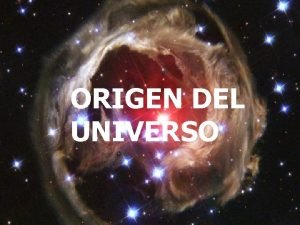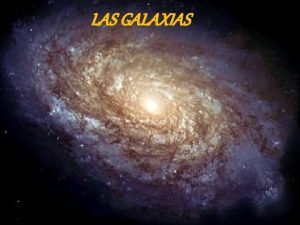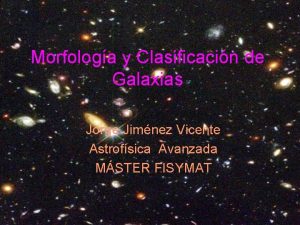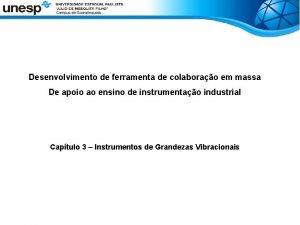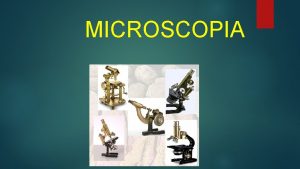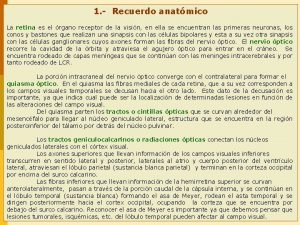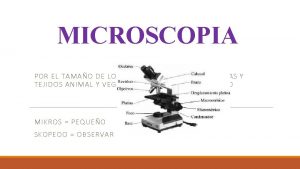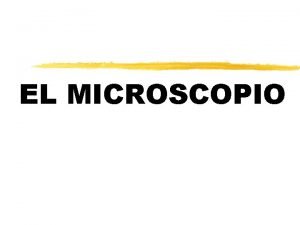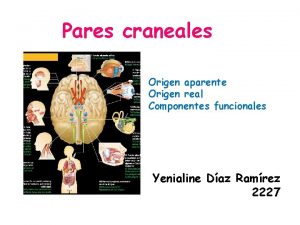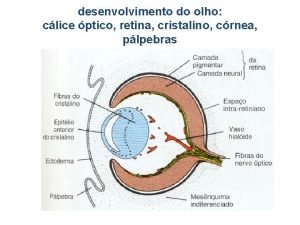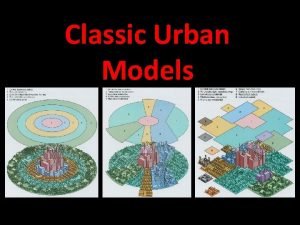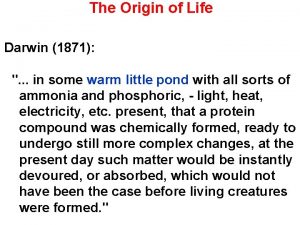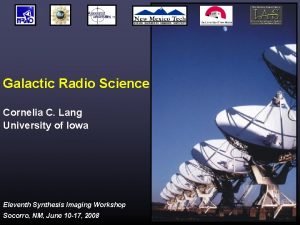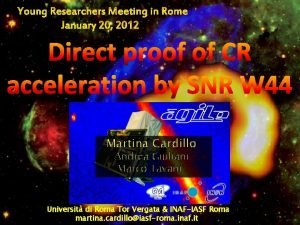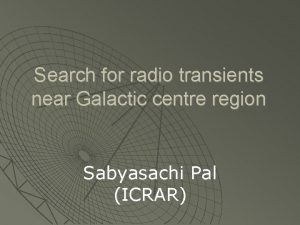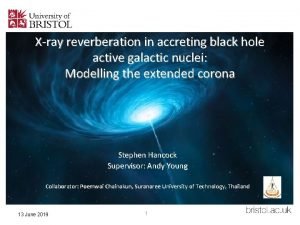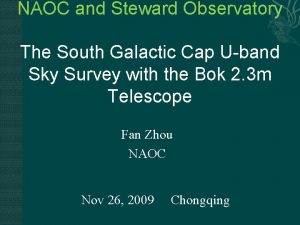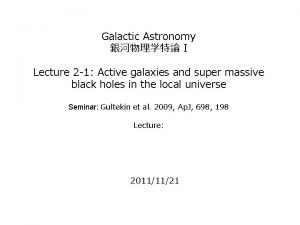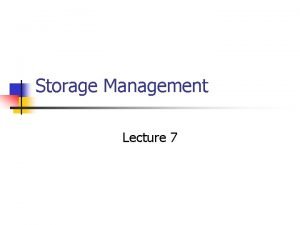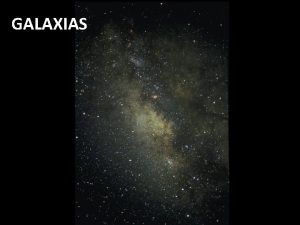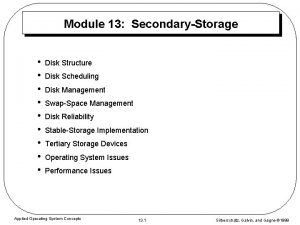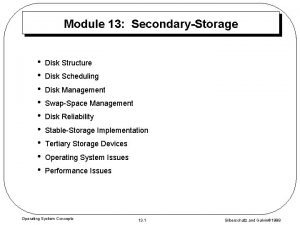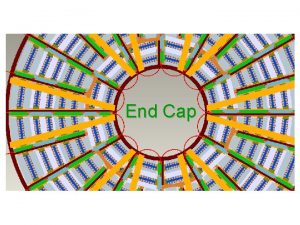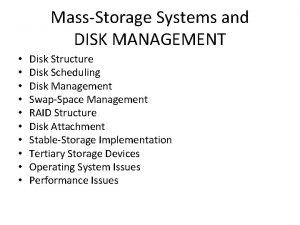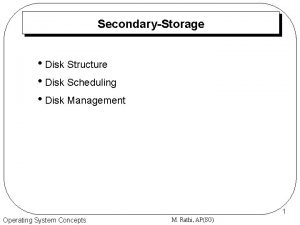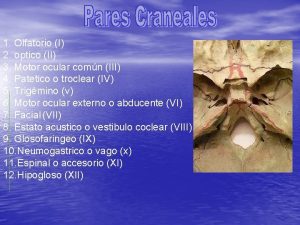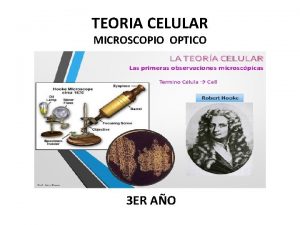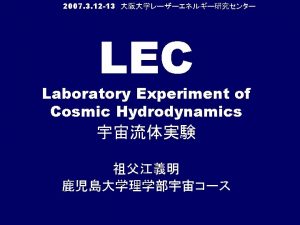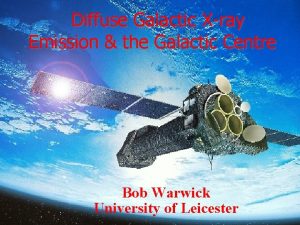GALAXIAS Optico Infrarojo The Galactic Disk The disk











































- Slides: 43

GALAXIAS

Optico Infrarojo



The Galactic Disk The disk of our Galaxy is made up of three main components: Ø Stars Ø Gas Ø Dust

The gas in between stars is the “Interstellar Medium” (or “ISM”) Like everywhere, most gas in the disk is hydrogen. Molecular (H 2): Cold, dense, tightly clumped. Stars form within molecular clouds. “Neutral” or Atomic (HI): Cool, less dense, less tightly clumped. Most common phase; the reservoir forming the next generation of stars. “Ionized” (HII): Hot, more diffuse. By-product of forming young stars.

Young massive stars die out, and electrons and nuclei recombine Ionized HII Atomic HI Gas is compressed, and cools Molecular H 2 Young massive O-stars form, and ionize the gas

Fountains and Blowouts SNe from newly formed massive stars can make holes in the disk, driving material out of the Galaxy or redistributing it

Blowout in M 82 “starburst” galaxy… Red is “false color”, showing location of extremely hot gas detected in X-rays. Hot because the gas is mostly the “ejecta” from supernovae!

Los brazos de la galaxia son regiones de alta densidad donde ocurre la mayor parte del proceso de formación de nuevas estrellas. Por otro lado, las ondas de choque generadas por explosiones de estrellas evitan que los brazos se dispersen.

Los brazos no son rígidos; más bien son ciertas zonas que las estrellas atraviesan en su movimiento de rotación alrededor del centro galáctico. Se calcula que el Sol ya dio varias vueltas completas. En este momento, está en una zona "tranquila", al borde de un brazo secundario.

The Bulge: A Very Crowded Neighborhood The density of stars in the bulge is about 50, 000 per cubic parsec By comparison, the nearest star to the Sun is 1. 3 pc away!

Milky Way is believed to have a bar at its center…

The Galactic Halo: Ancient Stars No gas, so no star formation… …just a bunch of old stars, either by themselves or in globular clusters.

Stuff in Galaxies moves in two basic ways… • Ordered Rotation – Nearly circular orbits (like planets around the Sun) • Randomly – Highly elliptical orbits, plunging in and out of the center of the galaxy, at random orientations.

Side View of the Milky Way The “halo” is really the “stellar halo” – turns out there’s actually a larger halo we can’t even see! Globular clusters live in the halo

Turns out there’s a lot of this invisible matter.

Overall Properties of the Galactic Disk, Halo, and Bulge Property Disk Halo Bulge Shape highly flattened like a frisbee roughly spherical; mildly flattened M&M shaped Star Types young and old only old stars young and old stars; more old stars at greater distances from center ISM gas and dust no gas or dust gas and dust, especially in inner regions New Stars? ongoing star formation no star formation for past 10 billion years ongoing star formation in inner regions Dynamics contents move in circular orbits in the Galactic plane stars have random orbits in three dimensions largely random orbits with some net rotation about the center Substructure spiral arms no obvious substructure nucleus; ring of gas and dust near center; bar Color overall white color with blue spiral arms stars reddish in color due to old age and cool temperatures yellow-white due to mix of stars

Observational tracers of magnetic fields • Polarization of starlight: perpendicular field in 2 or 3 kpc orientation // B⊥ ------- 9000 stars • Zeeman splitting: parallel field, in situ (masers, clouds) △ ∝ B// ------ 30 masers • Polarization at infrared, mm: perpendicular field orientation // B⊥ ------ clouds & star formation regions • Synchrotron radiation: vertical field structures (added) total intensity S ∝ B⊥ 2/7, B⊥t 2 p% ∝ B⊥u 2 /

Large-scale magnetic field in the Galactic disk The largest coherent field structrue detected in the Universe!

Poloidal & Toroidal fields near GC (from Novak et al. Toroidal fields 2003) Predicted Bdirection GC (Novak et al. 2003, 2000) • permeated in the central molecular zone (400 pc*50 pc) • sub-mm obs of p% • toroidal field directions determined by averaged RMs of plumes or SNR! 150 pc Poloidal field filaments Unique to GC --- dipolar geometry! (Morris 1994; Lang et

The Milky Way: A Barred Spiral Galaxy The Milky Way is a “spiral” galaxy, sometimes also called a “late type” galaxy.

Side View “edge-on” Top View “face-on”

“Sombrero Galaxy”

• Elliptical Galaxies (or just “ellipticals”) – No disk! disk old! “spheroidals”

“S 0” galaxies: Like ellipticals, but usually a bit flatter.

Early Types Ellipticals Late Types Unbarred and Barred Spirals Lenticulars

Varying amounts of bulge & disk components suggests different formation & evolution history On average… • Older Stars • Gas Poor • More Massive • On-going Star Formation • Gas Rich • Less Massive

Early-Type Galaxies from the Sloan Digital Sky Survey (SDSS)

Late-Type Galaxies From SDSS (red because of dust)

There are galaxies beyond the Hubble Sequence that continue this trend. ? ? ? “Dwarf” or “Irregular” Galaxies

“Dwarf” Dwarf or “Irregular” Irregular galaxies tend to have more chaotic appearances… • • Low mass (107 -109 stars, vs 1010 for spirals) High star formation rates (usually) No obvious bulge or spiral patterns. Most numerous type of galaxy in the Universe!

Dwarf galaxies from the Sloan Digital Sky Survey.

“Gas Infall” • Galaxies continue to form stars. – Just enough gas in galaxy disks today to form stars for <109 years. – Fresh gas must keep it going. • Fraction of metals (non-H, He) in stars is lower than expected. – Fresh Hydrogen must be flowing in.

“Merging” or “Galaxy Interactions” • Gravity pulls galaxies together! • They can orbit each other & eventually merge!

“The Antennae” (Hubble Image @ Right)

Multiple cores in some ellipticals in clusters of galaxies

“Minor Mergers” We know this is currently happening…

Zoom-in M 16 (Eagle) M 17 (Horseshoe) Milky Way M 8 (Lagoon) Hale-Bopp Jupiter Picture credit: W. Keel

Eagle Nebula (M 16)

Eagle Nebula (M 16)

Eagle Nebula (M 16)

size of our solar system Eagle Nebula (M 16)
 Definicion de infrarojo
Definicion de infrarojo Mapa conceptual de la galaxia
Mapa conceptual de la galaxia Vendedor das galaxias
Vendedor das galaxias Agrupacion de galaxias vecinas
Agrupacion de galaxias vecinas Que son las galaxias
Que son las galaxias Esquema de las galaxias
Esquema de las galaxias Considerando o olho humano como um sistema óptico ideal
Considerando o olho humano como um sistema óptico ideal Espermatozoide de perro
Espermatozoide de perro Sensor óptico por retrorreflexão
Sensor óptico por retrorreflexão Nefropatia diabetica clasificacion
Nefropatia diabetica clasificacion Celula
Celula Microscopio electronico limite de resolucion
Microscopio electronico limite de resolucion Cintilla optica
Cintilla optica Campo optico
Campo optico Invension del microscopio
Invension del microscopio Nucleo somatomotor
Nucleo somatomotor Fototransistor aplicações
Fototransistor aplicações Placóide do cristalino
Placóide do cristalino What are the 3 models of urban structure?
What are the 3 models of urban structure? Galactic habitable zone
Galactic habitable zone Glorck
Glorck Galactic
Galactic Galactic plane
Galactic plane Peripheral model
Peripheral model Active galactic nuclei
Active galactic nuclei Multiple nuclei model example
Multiple nuclei model example Galactic center radio transients
Galactic center radio transients Galactic phonics ure
Galactic phonics ure Galactic habitable zone
Galactic habitable zone Star wars combine
Star wars combine Reverberation
Reverberation Galactic cap review
Galactic cap review Active galactic nuclei
Active galactic nuclei Types of storage management
Types of storage management điện thế nghỉ
điện thế nghỉ Phối cảnh
Phối cảnh Một số thể thơ truyền thống
Một số thể thơ truyền thống Thế nào là hệ số cao nhất
Thế nào là hệ số cao nhất Trời xanh đây là của chúng ta thể thơ
Trời xanh đây là của chúng ta thể thơ Ng-html
Ng-html Sơ đồ cơ thể người
Sơ đồ cơ thể người Các số nguyên tố
Các số nguyên tố đặc điểm cơ thể của người tối cổ
đặc điểm cơ thể của người tối cổ Các châu lục và đại dương trên thế giới
Các châu lục và đại dương trên thế giới

